Overview
Publications
Recruitment
Intranet
CIFRI Corners'
The holy River Narmada is one of the few west-flowing rivers that flows through the states of Madhya Pradesh (1077 km), Maharashtra (74 km), and Gujarat (161 km), with 39 km along the border between Madhya Pradesh and Maharashtra and 39 km between Maharashtra and Gujarat.
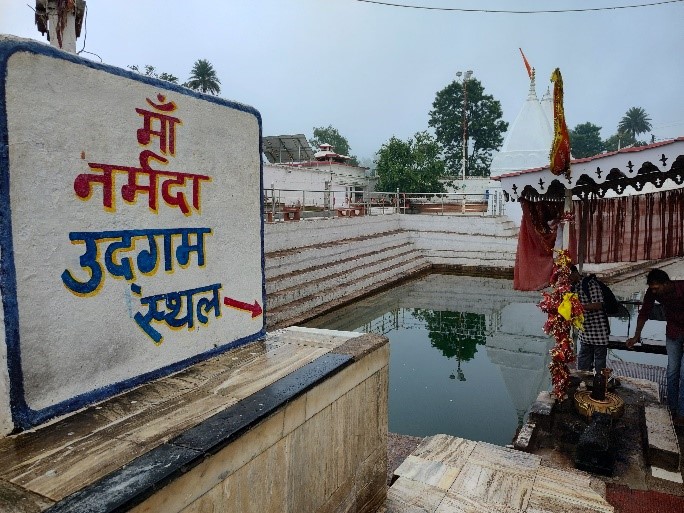
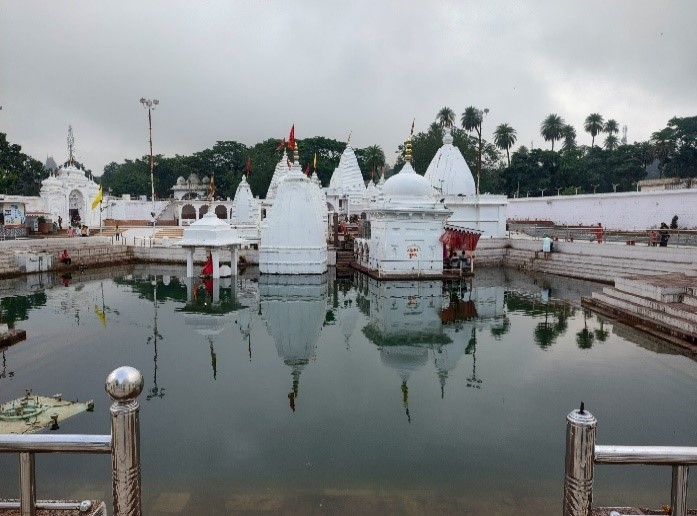
Earlier studies depict River Narmada in good condition with congenial environment for fish. However, there are meagre data on total fish catch, fishing efforts and fishers’ socioeconomics of the whole river. In order to overcome the paucity of information and long term planning for revival of riverine fishery in different stretches, a scientific team from ICAR-CIFRI surveyed the entire Narmada River stretch, from its origin at Amarkantak in Madhya Pradesh to Dahej in Gujarat in July 2024.
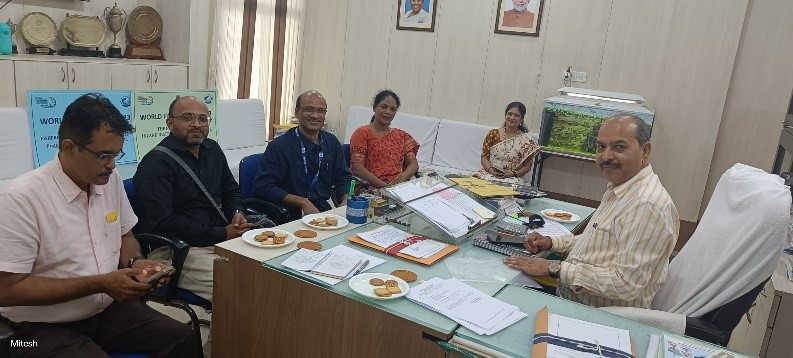

During the survey, there was a department-imposed fishing ban, from 15 June to 15 August, in all the river stretches and fishermen communities were aware of the ban. Despite the ongoing ban, the team successfully collected information on fish catch, fish diversity, fishing crafts and gears, socioeconomics of fishers in different seasons from different fishing villages. Among different fishing practices, gill net was the most dominant gear, followed by cast net, hook and lines, pool and lines with initial CPUE estimate ranging from 0.25 to 7.5 kg/fisher/day. Rita rita, Clupisoma garua, Tor putitora, Tor tor, Systomus sarana, Labeo dyocheilus, Labeo boggut, Labeo boga, Labeo gonius, Mastacembelus armatus, Lepidocephalichthys guntea, Labeo catla, Labeo rohita, Channa marulius, Cirrhinus mrigala, Puntius sophore, Pethia ticto, etc. were found common in the catch. Cyprinus carpio and to lesser extent Oreochromis niloticus were the exotics species recorded with 20-50% contribution of common carp in the winter catch.
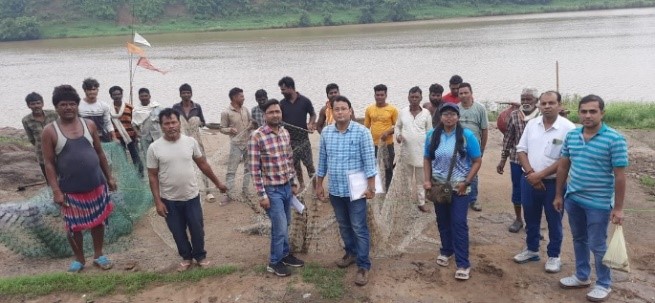
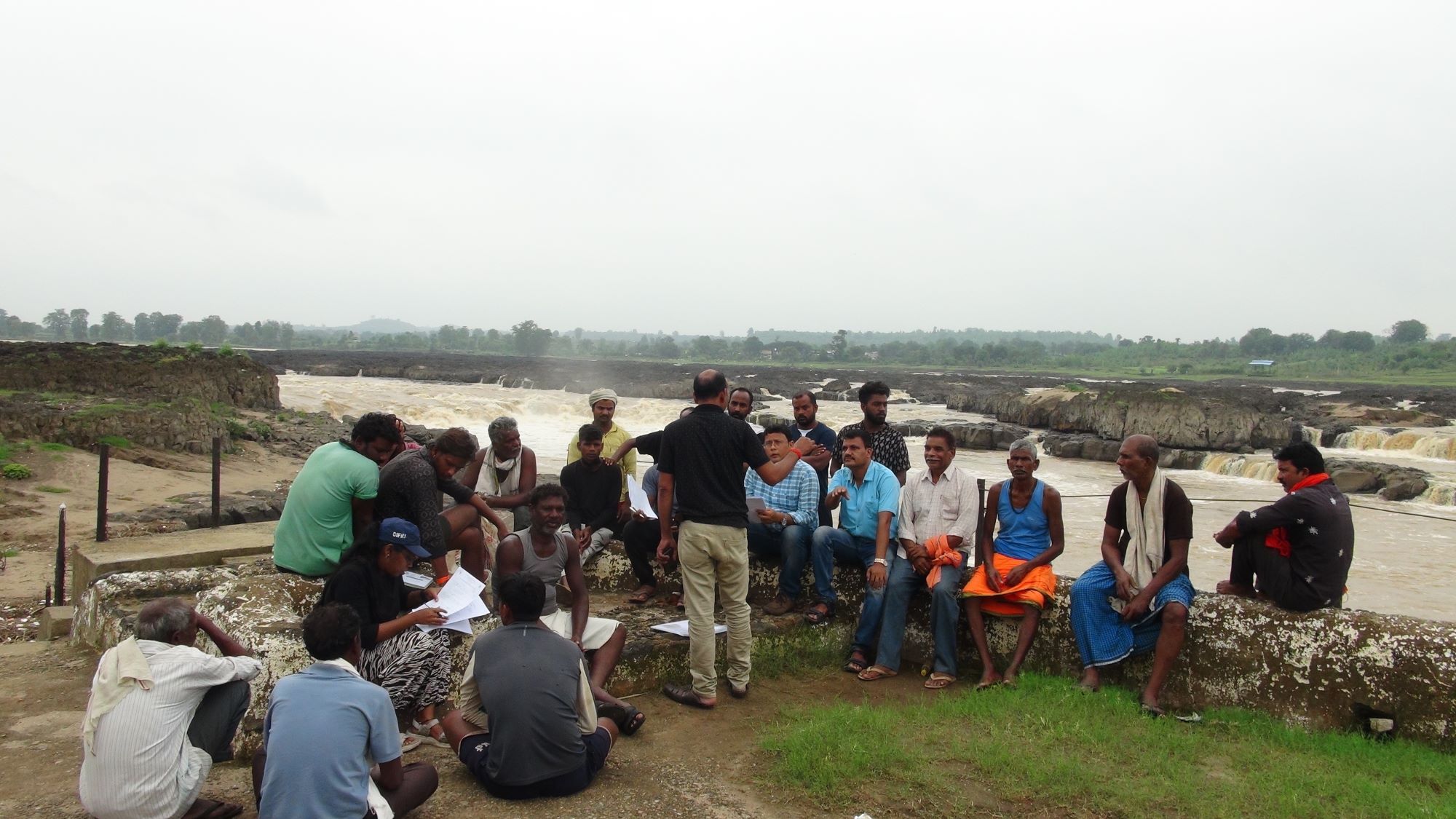
Fishing was the major occupation for fishers’ families who expressed their extreme hardship during the fishing ban period. Fishers in middle and lower stretches were found to have comparatively better economic conditions than the upper-stretch fishers. As part of the survey program, the team met with the Director, Department of Fisheries, Govt. of Madhya Pradesh, and the respective Joint Director and Assistant Director of Fisheries of the respective districts along the river course who extended good support to the team in data collection.

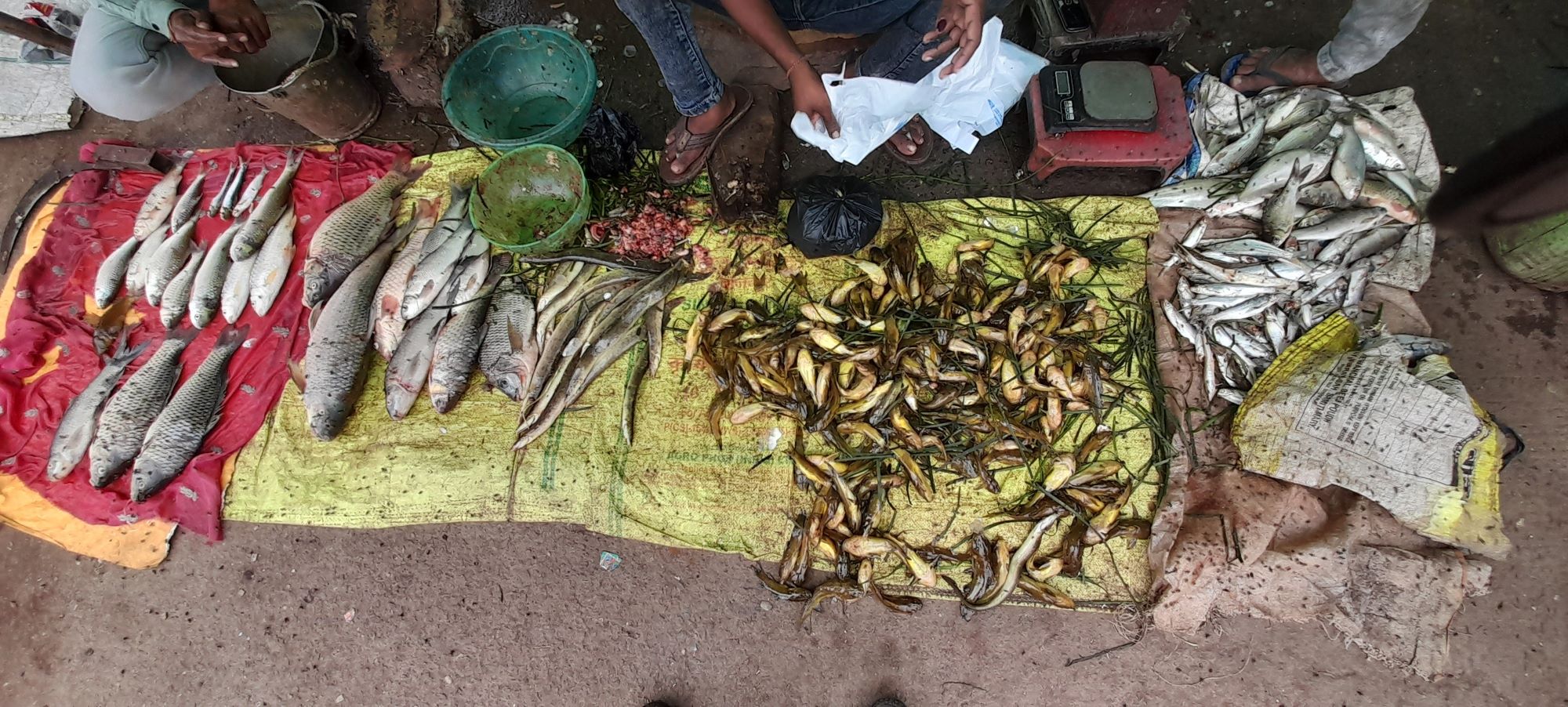
Authentic information on fish catch data, diversity, fishing efforts along with the socioeconomic status of fishers are prerequisite for management planning of riverine fisheries. Further, this kind of direct interactions between scientists and riverine fishers not only strengthens the fisheries data but also makes the fishermen aware of importance of riverine fisheries and how to conserve it. The survey team was led by Dr. Sanjib K. Manna, Head, Riverine & Estuarine Fisheries Division, Dr. Dibakar Bhakta, Mr. Pranab Gogoi, Mr. Mitesh H. Ramteke, Dr. Canciyal Johnson, and Dr. Suhas P. Kamble, Scientists with guidance of Dr. Basanta K. Das, Director, ICAR-CIFRI.












